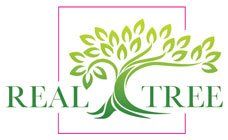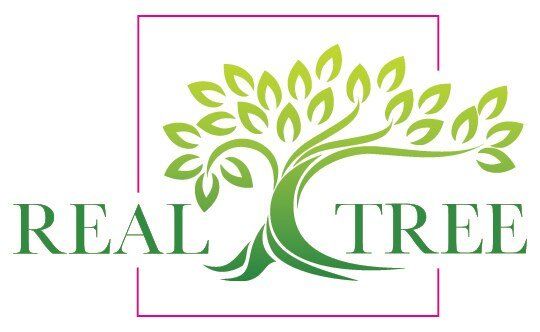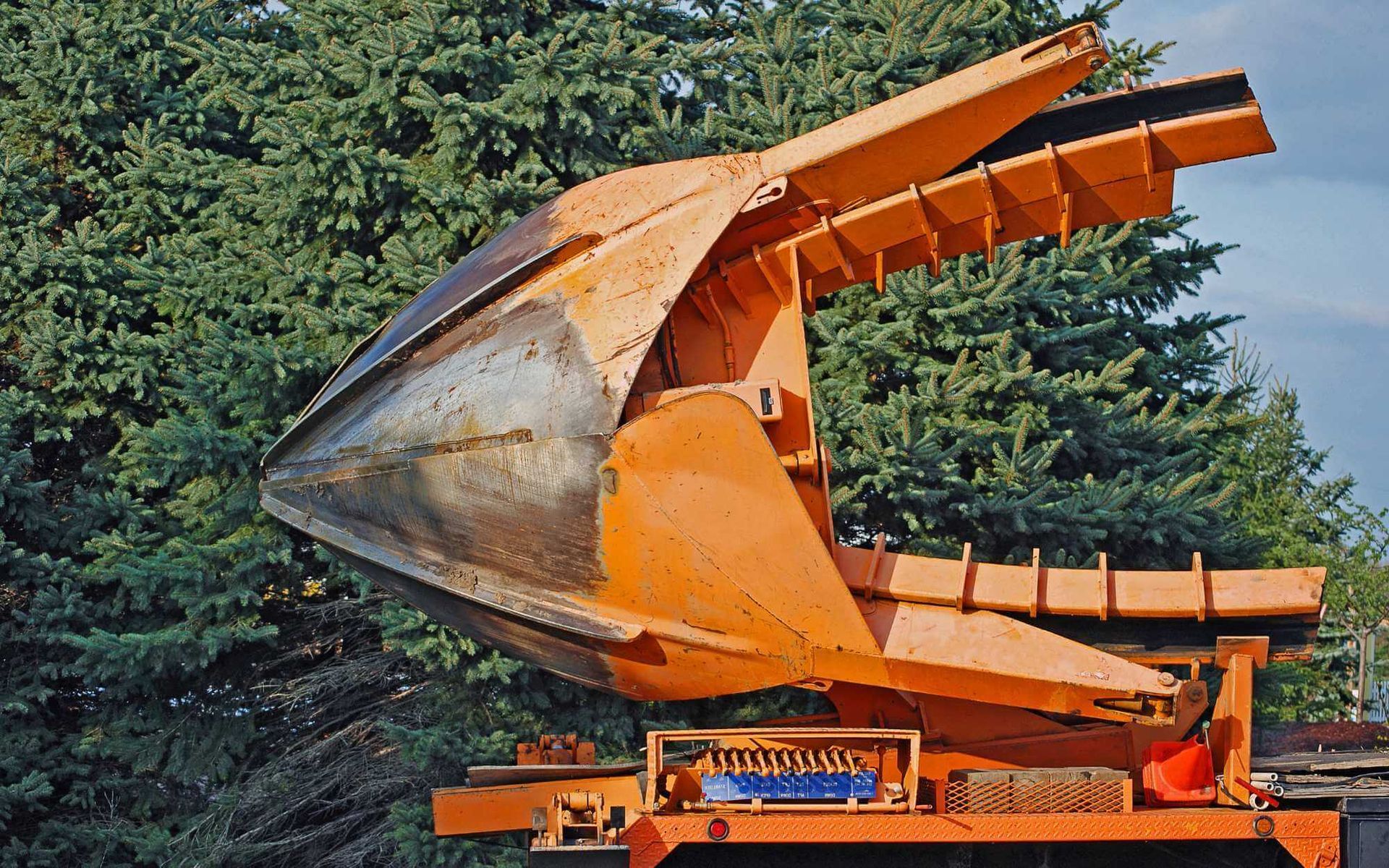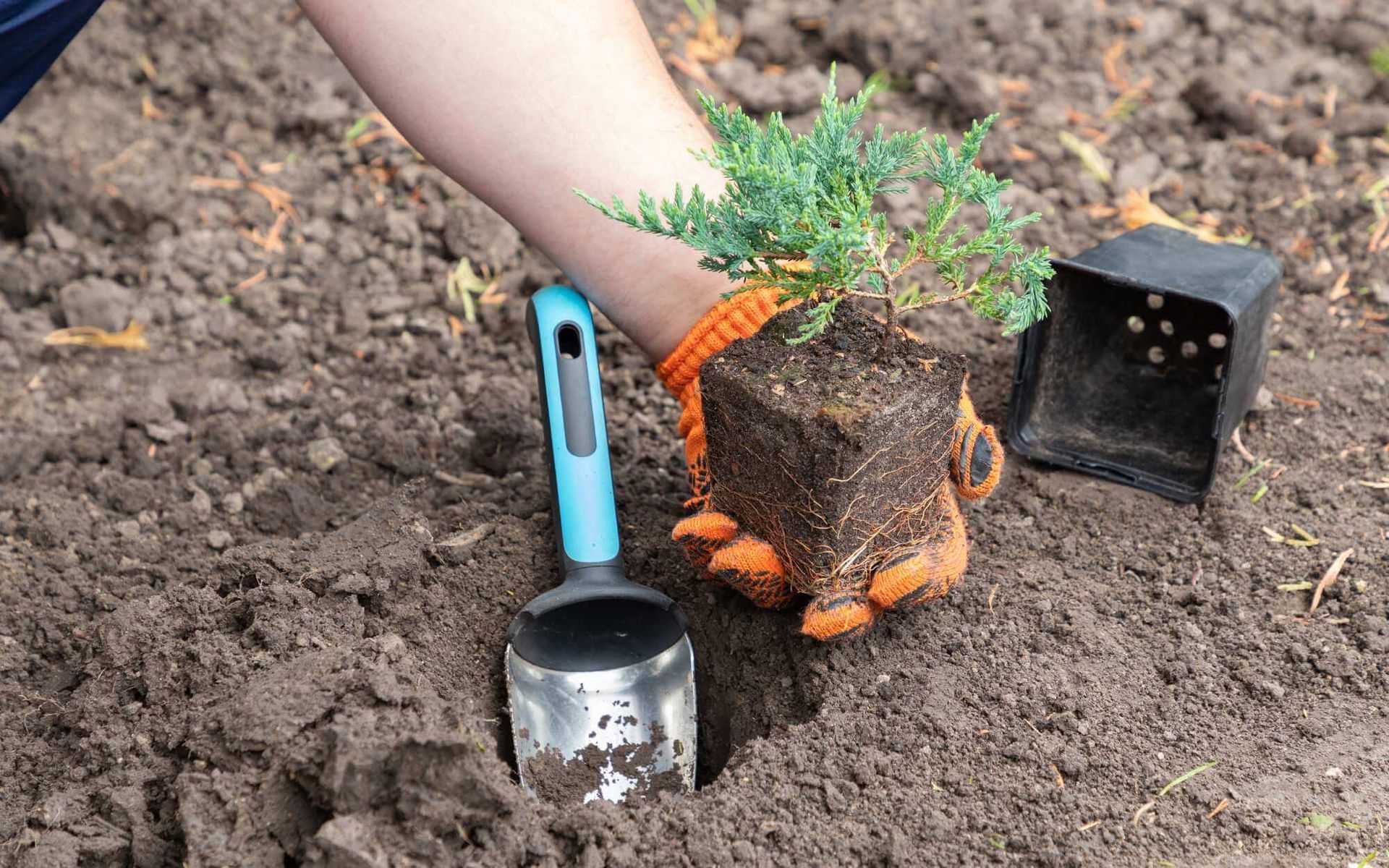What You Need to Know About Urban Tree Risk Assessment
PUBLISHED ON
SHARE THIS ARTICLE
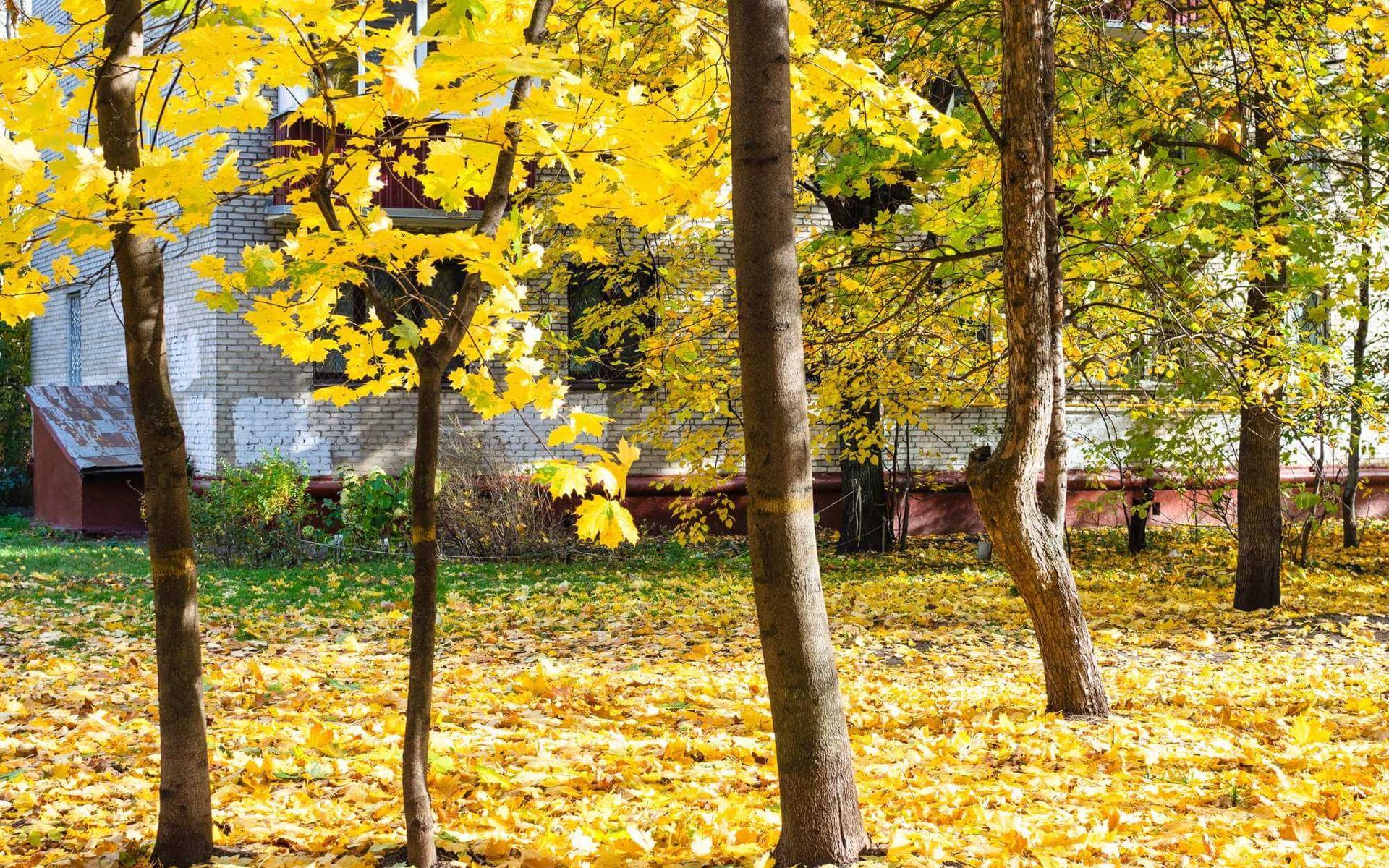
Urban tree risk assessment is an essential practice that often goes unnoticed, yet plays a critical role in maintaining our city landscapes and ensuring public safety. This practice involves evaluating the structural integrity of urban trees to predict potential hazards they could pose, such as falling branches or uprooting.
As urban dwellers, it's easy to enjoy the beauty and shade these trees offer without considering the risks involved. However, regular tree risk assessments help to prevent accidents, protect property, maintain the health of the tree population, and ultimately, enhance the livability of our cities.
Join us as we delve deeper into this intriguing field of urban forestry.
Urban Tree Risk Assessment Explained
Urban tree risk assessment involves systematically evaluating trees in urban areas to identify potential hazards, such as structural instability leading to falling limbs or the entire tree.
The purpose is twofold: to ensure public safety by identifying and mitigating risks, and to conserve the urban tree population by identifying trees that need care or are diseased.
Benefits include preventing property damage, providing a safer environment for residents, and preserving the aesthetic and environmental value of urban green spaces.
Regular assessments contribute to healthier, safer, and more delightful urban landscapes.
Key Components of Assessing Urban Tree Dangers
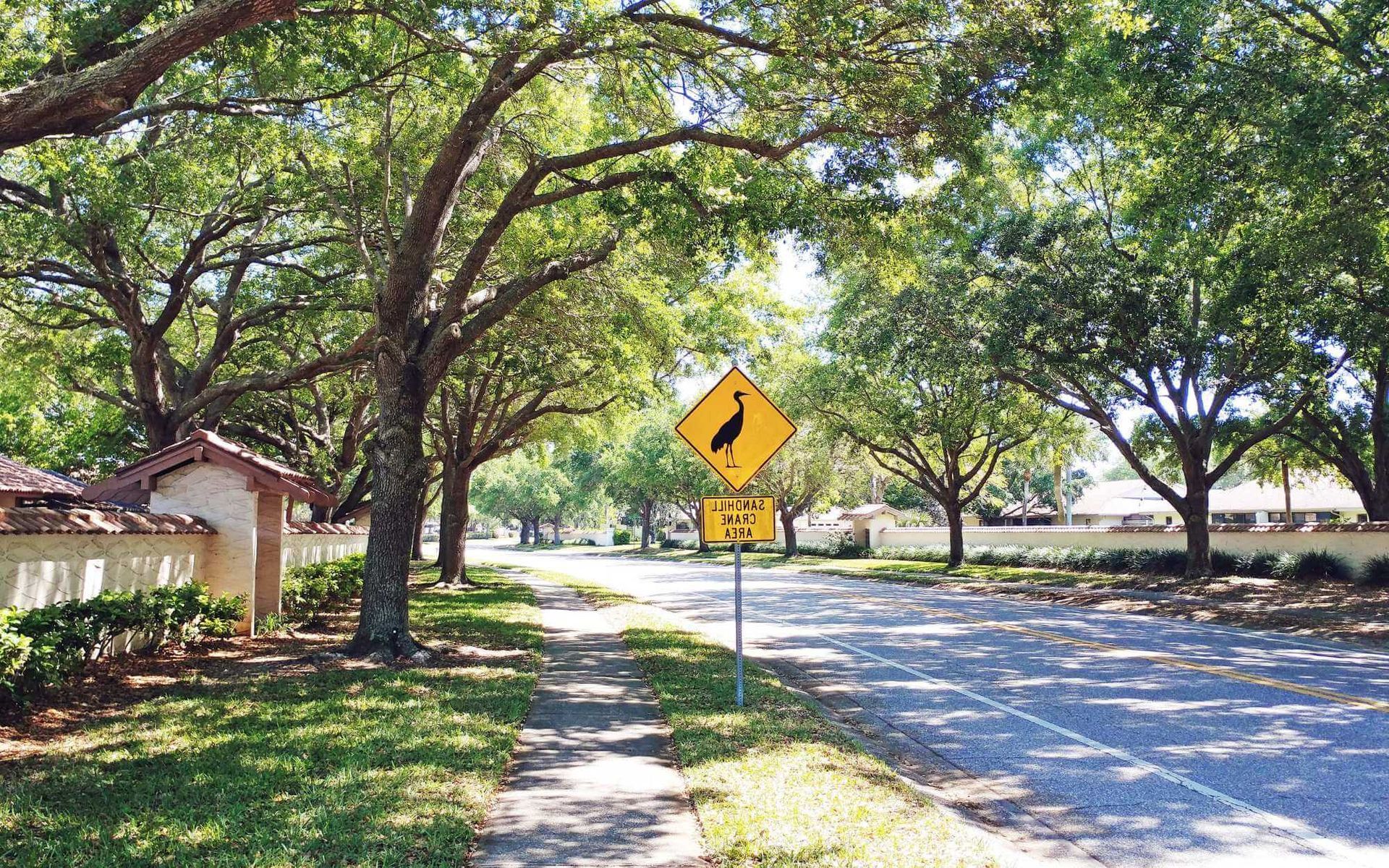
Tree inspections largely involve visual assessments where trained arborists look for signs indicating poor health or structural instability. They look for physical symptoms such as discolored leaves, peeling bark, fungi growth, or visible pests.
Arborists also assess the structural integrity by checking for leaning trunks, weak branch unions, or cavities.
Advanced methods include resistograph and sonic tomography to identify internal decay. Potential hazards include overhanging dead branches near power lines or buildings, trees leaning towards pathways or structures, or signs of disease that can lead to tree collapse.
A comprehensive health check involves an assessment of the root system vitality, trunk and branch strength, and the presence of pests or diseases.
Performing these assessments regularly ensures early detection and mitigation of potential hazards, maintaining the health of the tree population and the safety of urban spaces.
Factors Considered in Assessing Trees in Urban Areas
When it comes to urban tree risk assessment, various factors come into play:
Species Characteristics: Different tree species have distinct growth patterns, lifespans, and resistance to pests and diseases. Understanding these characteristics enables more accurate risk assessments and predictions of potential hazards.
Environmental Factors: Climate change impacts trees in different ways. Unfavorable weather conditions can cause physical damage or create an environment conducive to pest infestations. Assessing the environmental conditions in the area is essential for effective tree risk management.
Tree Location and Surroundings: The tree's proximity to buildings, power lines, and pedestrian paths affects the potential risk it poses. Additionally, the surrounding vegetation, which can compete for resources, also plays a role in tree health and stability.
Significance of Regular Urban Tree Risk Assessment
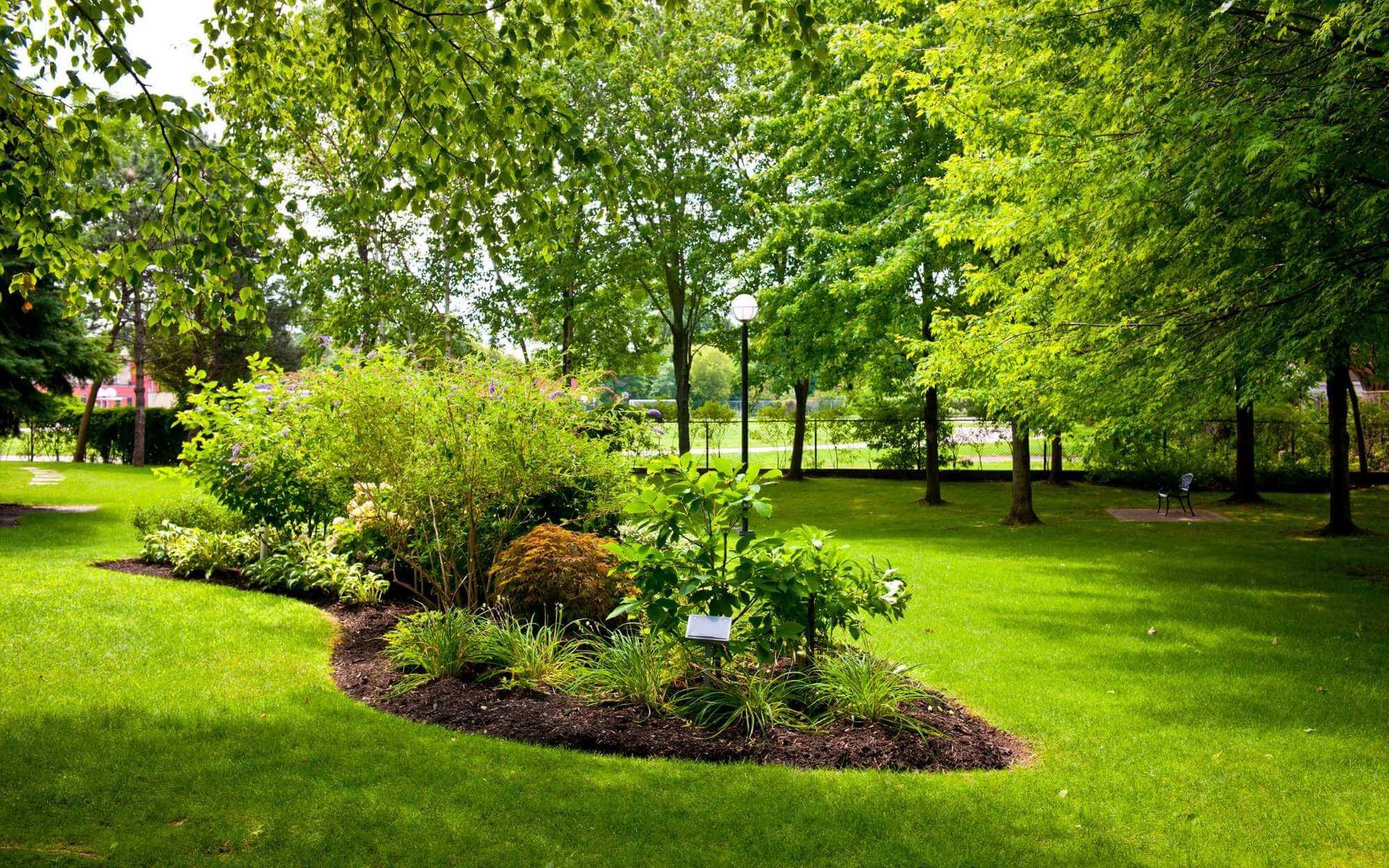
As urban forest managers, you don't want tree failure to cause injury or damage. Understanding the risks associated with specific trees is key to developing and implementing sound risk management strategies
Regular urban tree risk assessment helps you identify, analyze, and prioritize potential hazards in the area and develop appropriate preventive measures.
By identifying potentially hazardous trees, these assessments facilitate timely interventions, averting incidents like falling branches or tree collapse. This strategy serves to reduce the risk of tree failure and protect both people and property in urban areas, contributing to the overall well-being and safety of city dwellers as well as maintaining the integrity of urban infrastructure.
Professionals for Tree Hazard Identification in Urban Areas
Hiring certified arborists is crucial for effective urban tree risk management. These professionals have the required expertise and experience in tree biology, diagnosis, assessment techniques, and remedial measures.
Certified arborists are knowledgeable in different species characteristics, environmental factors, and potential hazards. Their extensive training allows them to conduct thorough risk assessments and offer appropriate solutions, ensuring the safety and sustainability of urban landscapes.
Protect city greenery with urban tree risk assessment!
Urban tree risk assessment is vitally important for ensuring both urban forest health and public safety. Not only does it help to mitigate potential hazards, but it also preserves the established trees of our urban environments.
We encourage urban forest managers to prioritize tree safety, participate actively in preserving our urban forests, and always consult professional arborists for accurate, efficient, and sustainable
tree risk management. Let's work together to keep our cities safe and green!
Want a free quote or some friendly advice? Call our team today:
